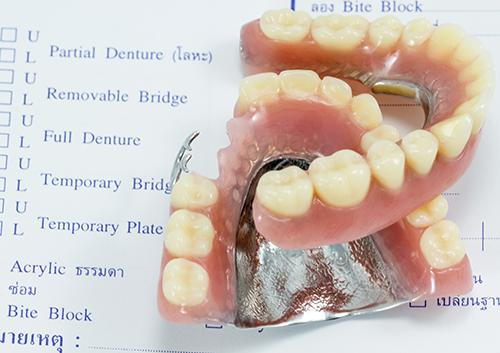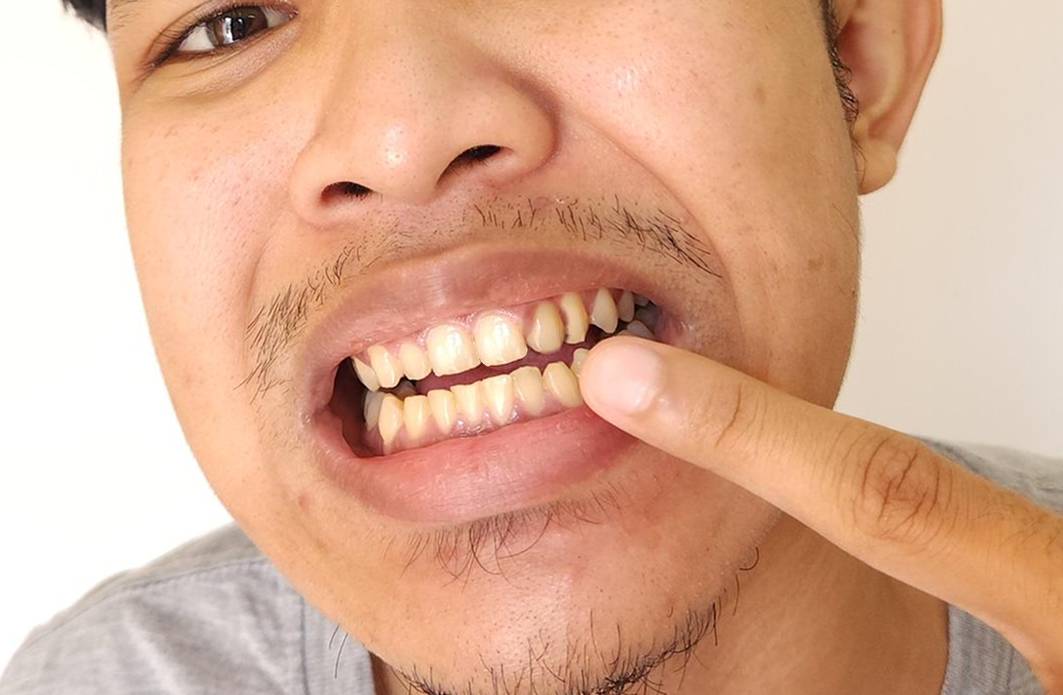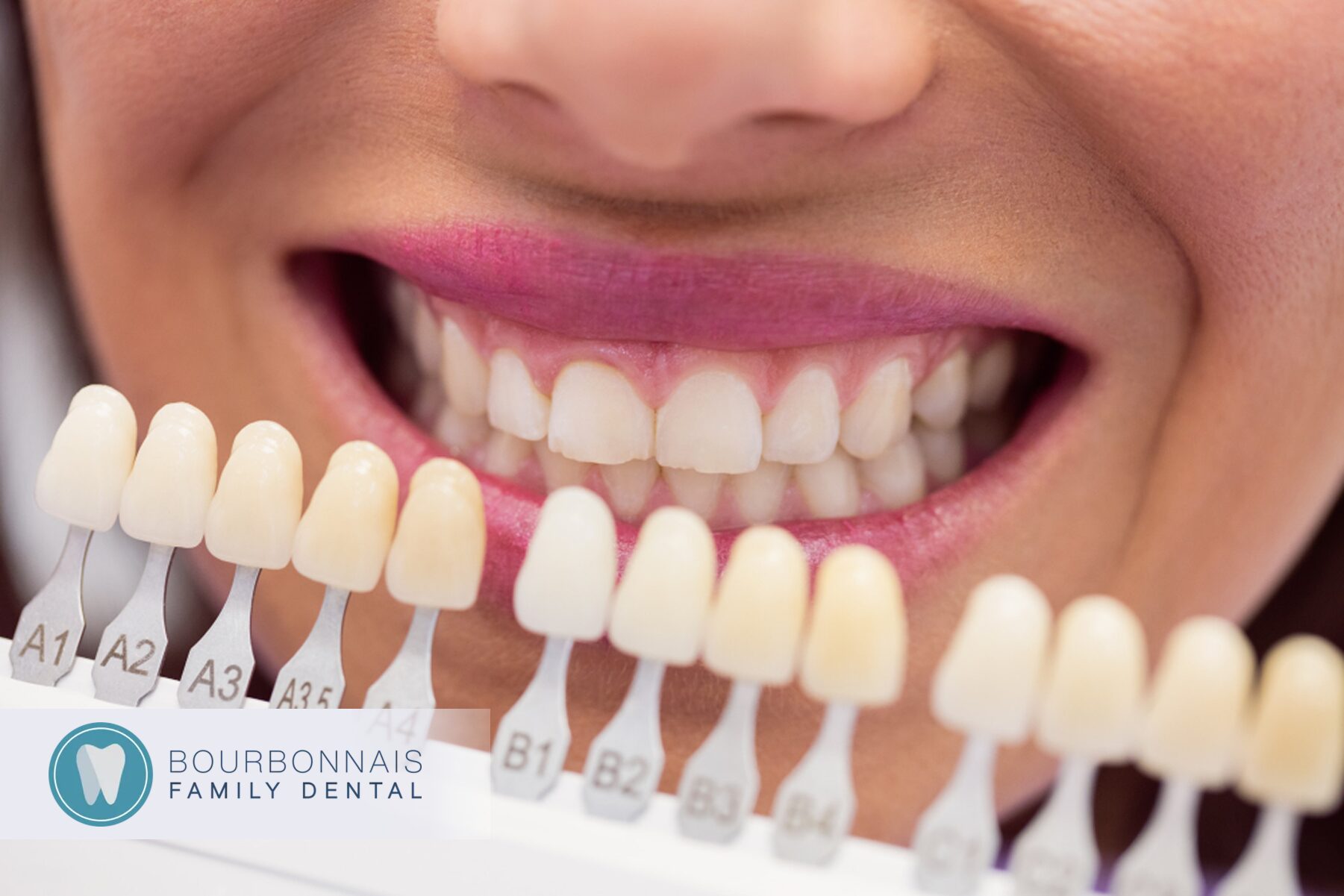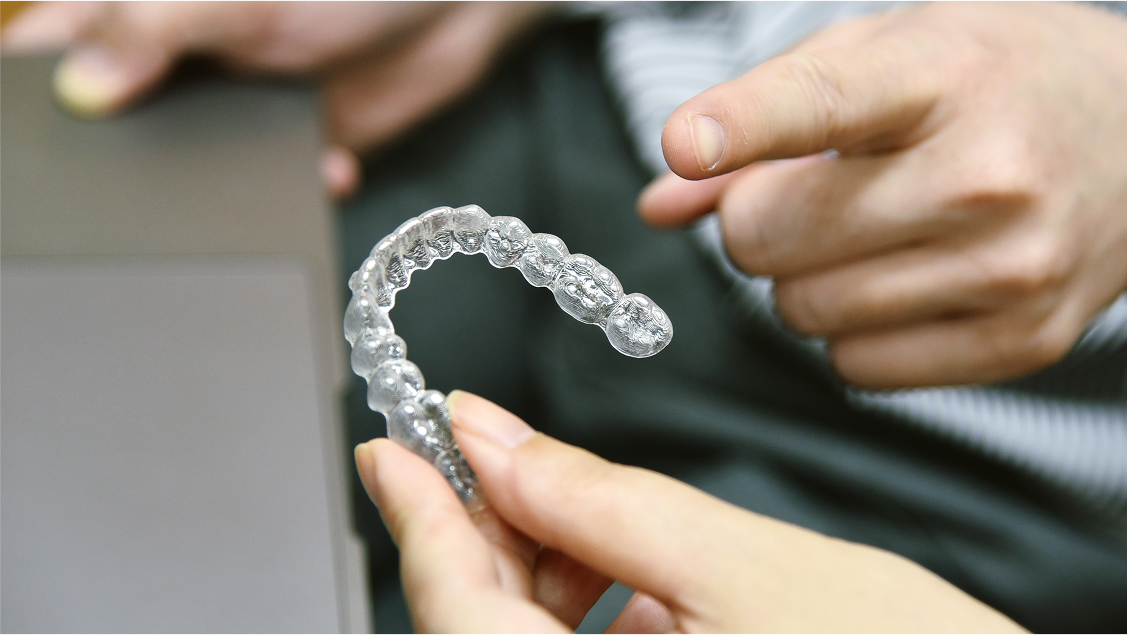According to the American Academy of Pediatric Dentistry, children should visit a pediatric dentist by their first birthday or within six months of their first tooth erupting. This first dental visit is important for setting the foundation for lifelong oral health.
It’s not just about checking for cavities. These early appointments help prevent future dental problems, establish a dental care routine, and give parents the tools to maintain their child’s oral hygiene from the start. Let’s look at why early pediatric dental care is essential and what you can expect during each stage of your child’s development.
Why Early Dental Visits Matter
Starting dental visits at an early age does more than just check off a milestone. It introduces your child to the dental office in a calm, non-threatening way. Early visits help identify and manage risks for tooth decay even before problems start.
Tooth decay is one of the most common chronic childhood conditions. Baby teeth might eventually fall out, but they play a vital role in speaking, eating, and guiding the proper development of permanent teeth. Damaging these early teeth can lead to long-term issues.
The goals of early pediatric dental care include:
- Teaching kids and parents proper brushing and flossing.
- Establishing a dental home—a place your child returns to for care and comfort.
- Monitoring dental growth and development from the start.

What Happens During a Pediatric Dental Visit?
A pediatric dental visit is shaped by your child’s age and dental development. The focus will change as your child grows, but each visit includes a thorough check-up and tailored advice to keep your child on a healthy path.
Infants & Toddlers (Ages 1–3)
The first dental visit usually happens by age one or when the first tooth appears. These early visits are short, usually no more than 30 minutes. The dentist looks at your baby’s teeth, checks the gums, and evaluates jaw development. Parents get guidance on:
- Teething and how to soothe discomfort.
- Thumb-sucking or pacifier use.
- How to brush emerging teeth with age-appropriate tools.
At this stage, the focus is on building trust and helping parents feel confident in managing oral hygiene at home.
Preschoolers (Ages 4–6)
By this age, most baby teeth have come in. The dentist can carefully monitor for early signs of tooth decay and evaluate bite alignment. Children may begin fluoride treatments for added protection.
Dentists also introduce children to the importance of routine dental care. This helps kids see dental visits as a normal part of life, not a stressful event. X-rays may be taken around age five to detect hidden problems.
School-Aged Kids (Ages 6–12)
As baby teeth give way to permanent teeth, dental care shifts slightly. The dentist monitors how adult teeth are coming in and checks for bite changes and alignment issues. Preventive treatments like dental sealants and fluoride are often recommended.
At this age, kids start brushing and flossing on their own. Dentists help reinforce proper technique and stress the importance of limiting sugary snacks and drinks to avoid tooth decay.
Teens (Ages 13+)
Teenagers face new dental challenges—orthodontic issues, wisdom teeth, and changes in oral hygiene habits. The dentist will watch for signs of tooth grinding, misalignment, or decay linked to poor brushing practices.
Older kids may also need guidance on the risks of using tobacco, sports-related dental injuries, or piercings that can harm oral health. Regular visits remain essential as teeth and jaws continue to develop.
Preventive Dentistry for Children
Good oral health is rooted in prevention. Pediatric dentists focus on stopping problems before they start. These measures reduce the risk of tooth decay and ensure your child keeps a healthy smile as they grow.
Common preventive care for young children includes:
- Professional cleanings every six months.
- Topical fluoride treatments to harden enamel.
- Dental sealants to protect hard-to-clean back teeth.
- Advice on proper nutrition for strong teeth.
Consistent oral hygiene at home matters just as much. Parents should help children brush for two minutes twice a day using fluoride toothpaste. Flossing should begin once teeth touch.
Pediatric Dentistry Services Offered
Preventive Dentistry
This includes routine check-ups, fluoride treatments, dental sealants, and guidance on maintaining oral hygiene. These services are aimed at early detection and avoiding dental problems before they start.
Restorative Dentistry
When cavities or other issues arise, pediatric dentists use child-friendly techniques to treat them. Sometimes treatment may include fillings, crowns, or extractions, as needed.
The goal is always to preserve teeth and restore function.
Sedation Dentistry
Some children experience strong anxiety during their visit. In these cases, mild sedation techniques can help. These are safe and monitored closely to ensure children remain relaxed and comfortable during treatment.
Pediatric-Focused Environment
Everything from the colors on the wall to the size of the dental tools is designed with kids in mind. A child-friendly space helps reduce fear and ensure a smoother experience. Staff are specially trained to work with young children and respond to their unique needs.
How to Know Your Child Is Ready for the Dentist
Knowing when to take your child to the dentist can feel uncertain, especially if they don’t show any discomfort. But even without clear symptoms, early dental care can make a meaningful difference in a child’s oral health journey.
The timing of that first dental visit isn’t just about age—it’s about development. Once teeth appear, they can be at risk for decay. Starting dental care early helps detect concerns when they’re small, manageable, and less likely to lead to long-term issues.
Look for these signs that your child is ready for their first visit:
- One or more baby teeth have erupted.
- Eating or drinking causes discomfort in the mouth.
- Parents have questions about cleaning their baby’s teeth or gums.
- Your child’s oral habits—like thumb-sucking or bottle use—seem excessive.
- You want to learn how diet affects your child’s oral health.
Visiting the dentist early provides important answers, even if everything seems normal. It also sets your child up with a dental home—where they can return as they grow and their needs change. Waiting until there’s a problem can turn a simple visit into a stressful event. Being proactive is the best path forward.

What Makes Bourbonnais Family Dental Different?
At Bourbonnais Family Dental, we understand how important your child’s smile is. Our dentist in Bourbonnais, IL, takes a calm, friendly approach to pediatric dentistry. We focus on building trust with our youngest patients and offering reliable care at every stage of development.
We know that no two children are alike. Our pediatric dental care reflects that. With gentle exams, preventative strategies, and a welcoming environment, we help young children feel comfortable in the dental chair—and we make sure parents always know what to expect.
We also use up-to-date technology and follow best practices from the American Academy of Pediatric Dentistry to guide every decision. Your child’s safety, health, and comfort come first.
Book Your Child’s Visit Today
Good oral health starts early. Scheduling your child’s first dental appointment shortly after their first tooth erupts—or by their first birthday—lays the groundwork for healthy habits and preventive care that can last a lifetime.
Regular dental visits during childhood help catch issues early, guide proper development, and make the dental office a familiar, comfortable place. Whether your child is still teething or starting to lose baby teeth, a pediatric dentist can provide the care, education, and support needed at every stage.
Take the first step by finding a pediatric dental provider in your area. An early visit today can help protect your child’s smile for years to come.





